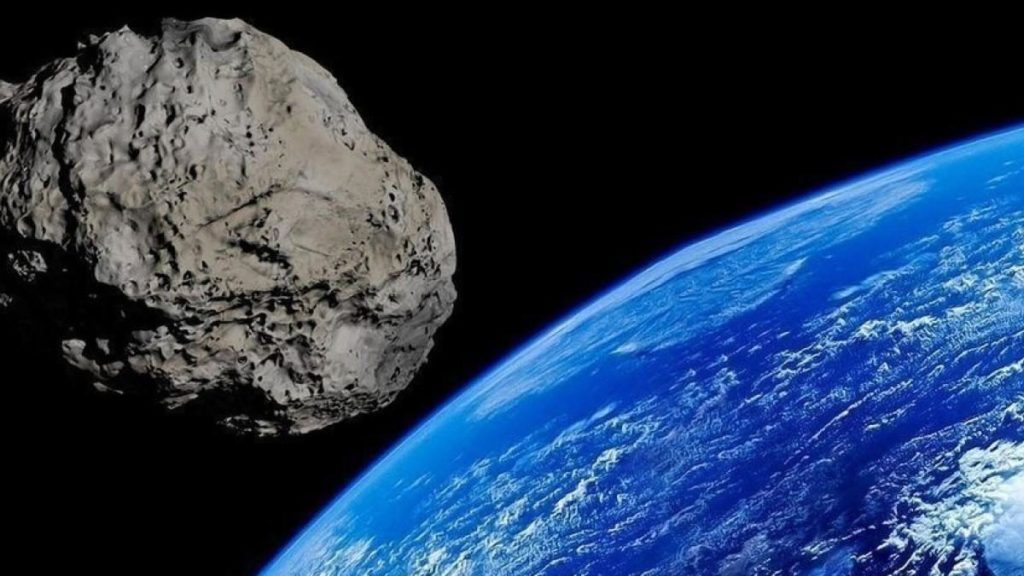NASA has announced that on April 29th an asteroid the size of Everest will pass about 6 million kilometers from Earth: it will be visible to the naked eye from the balcony of the house.
An asteroid the size of Mount Everest will “touch” the Earth in less than a month. This is the incredible (and disturbing) announcement coming from NASA, the authoritative American Space Agency. It is the asteroid 52768, a celestial body with an estimated size ranging from a minimum of 1.7 kilometers to a maximum of 4 kilometers. The asteroid was first sighted in 1998 and has been traveling around our planet at a speed of 8.7 kilometers per second ever since. On April 29, 2020 – according to NASA scientists’ calculations – asteroid 52768 will pass very “close” to Earth’s orbit, just 6 million kilometers away from our heads. Experts rule out the risk of collision: the probability of impact is 1 in 50 thousand. Due to its very large size, 52768 has nevertheless been placed in the category of “potentially dangerous” asteroids.
You might also be interested in —> Coronavirus: NASA “provides” the SGI Altix supercomputer
NASA: asteroid 52768 will be visible to the naked eye
In a recent interview, the president of the Association Marchigiana Astrofili, Davide Ballerini took stock of the situation and appeased any alarmism. “This asteroid has minimal oscillations that do not allow impact. It will pass at 6.3 million km from Earth, think that the Moon orbits at 300 thousand km and has never fallen on it. NASA’s attention is due to the fact that this asteroid may impact in the future. These objects have a variable orbit, but in this case 1,200 astronometric measurements have been made by NASA and by April 29, the parameters say we can rest assured”. Ballerini explained that the asteroid will also be visible to the naked eye, for example from the balcony of the house. “Unfortunately a precise map of the point where it will be observable from Earth is not yet available but it should be published soon. It’s not a meteorite, so you won’t see an instant trail: we will see a bright dot that will move over the hours, like a planet, but faster”. No danger, then, but a beautiful sight to see upside down.
You might also be interested in —-> News from space. Here is the Comet C/2019 Q4
